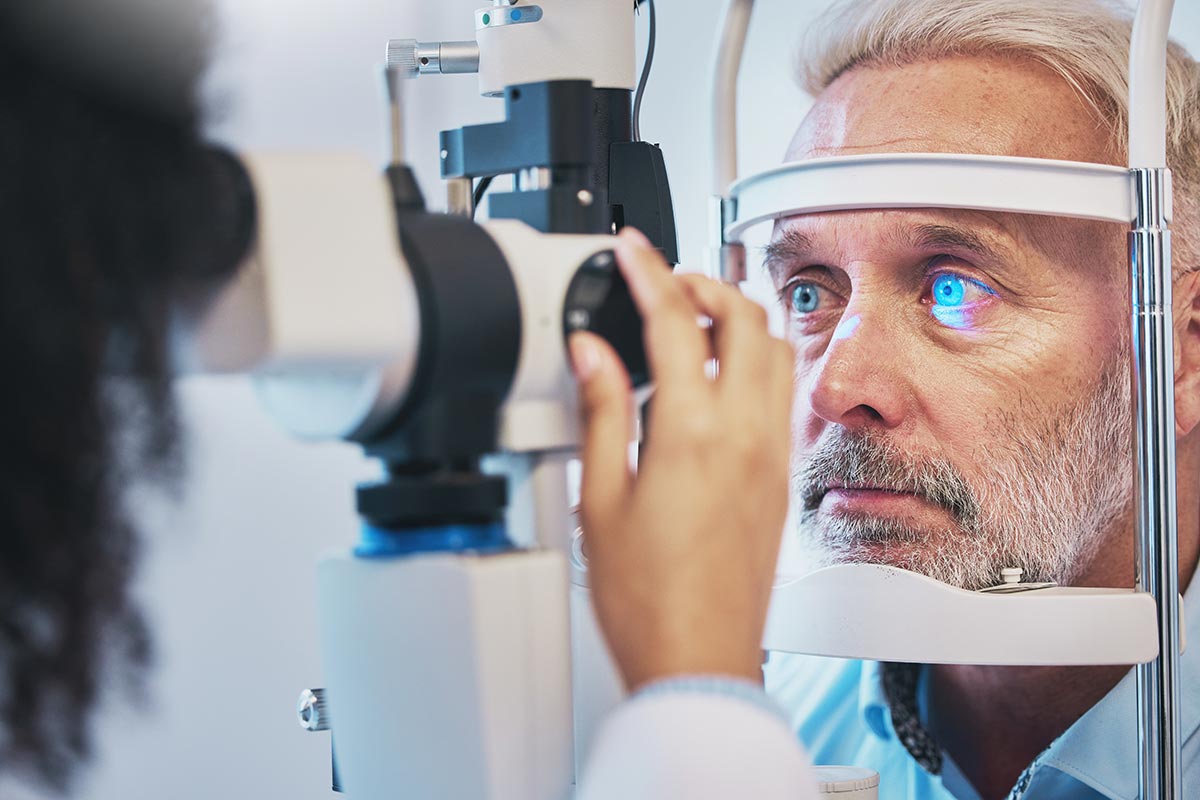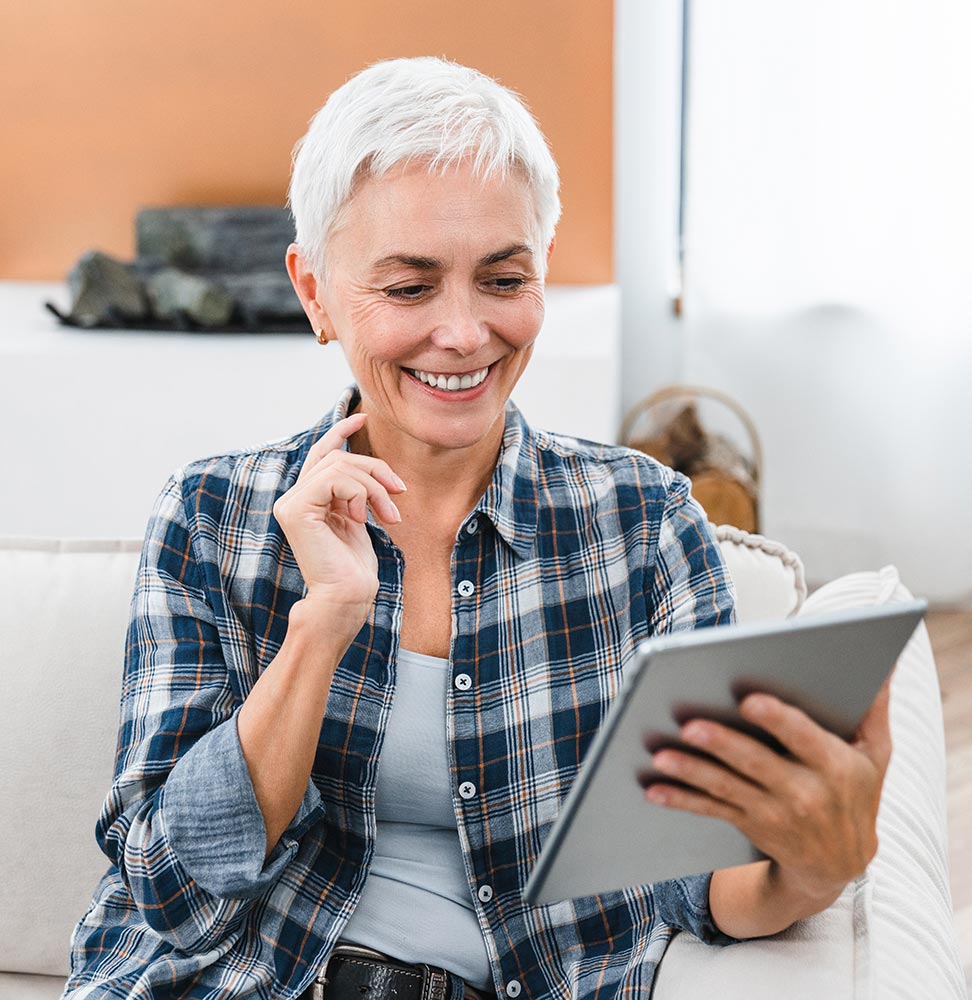
What are Common Symptoms of Cataracts?
If you have cataracts, you may experience signs like:








If you experience any of these, let your eye doctor know. These symptoms are not exclusive to cataracts, so it is important to determine the root cause of any visual changes.
Do I Need Cataract Surgery?
If your eye doctor diagnoses you with cataracts, you may think that you need cataract surgery immediately. But that’s not usually the case for most patients.
You can have cataracts for many years before cataract surgery becomes necessary. Most cataract surgeons only recommend the procedure if your cataracts impact your ability to complete everyday tasks
Can you no longer do laundry because of your poor vision? Do you need a friend or family member to come over and make you meals because you can’t see?
If you can no longer care for yourself, feel yourself withdrawing from your favorite things because of impaired vision, or feel like you’re not the same person anymore, it may be time to consider cataract surgery at Metrolina Eye Associates.

Are There Any Benefits to Choosing Laser Cataract Surgery?
Choosing laser cataract surgery at Metrolina Eye Associates has many benefits. These include:
- Faster recovery
- More precision and accuracy
- Reducing human error
- Using the most advanced state-of-the-art technology availableFaster recovery
Joel Thomas Cataract Surgery Testimonial

What is the Difference Between Traditional and Laser Cataract Surgery?
At Metrolina Eye Associates, we’re proud to offer our patients traditional and laser cataract surgery. Traditional cataract surgery uses a blade to remove the cataract and natural lens from your eye.
Then, the natural lens is replaced with an artificial lens called an intraocular lens (IOL). The IOL helps you see clearly, and with a premium lens, of which there are many varieties, you may reduce your dependence on visual aids.
Rather than using a blade, laser cataract surgery uses the advanced LenSx laser cataract system. Metrolina Eye Associates uses a revolutionary “No-Needle, No-Stitch, No-Pain” method of cataract surgery.
Doing this means we use no injections or stitches and don’t cause pain during the procedure. During laser cataract surgery, incisions created are done so painlessly, and the cataract is gently broken up using a computer-guided laser.
What Can I Expect During Cataract Surgery?
We’ll begin by administering numbing eye drops or a gel during cataract surgery at Metrolina Eye Associates. These eye drops ensure you won’t feel any pain during the procedure. You’ll also receive oral medication to help you relax.
Next, your cataract surgeon will make a small incision in your cornea to access the natural lens where the cataract is formed. They will remove your cloudy lens using techniques like phacoemulsification.
Then, they will insert your IOL through the incision and position it in the lens capsule. The incisions do not usually need stitches and heal independently over time.
Cataract surgery only takes about 10 minutes to complete but plan on spending about two or three hours at the surgical facility. You’ll also need a friend or trusted family member to drive you home after the procedure, as your vision will be unstable.

Common IOLs offered at Metrolina Eye Associates include
What Will My Vision Be Like After Cataract Surgery?
After cataract surgery, expect your vision to be blurry. It may take you some time to get used to the new IOL in your eye.
After cataract surgery, expect your vision to be blurry. It may take you some time to get used to the new IOL in your eye.Your vision after cataract surgery and your subsequent recovery will depend on the IOL you chose before the procedure. If you choose a premium IOL, you can reduce your dependence on visual aids like glasses and contact lenses.
If you chose a standard monofocal lens, you’d still need reading glasses for distances not corrected during the procedure.

What is Recovery Like After Cataract Surgery?
After cataract surgery, you may notice that your vision is blurry. You’ll receive an eye shield for a week to prevent accidentally touching or rubbing your eye, especially while sleeping.
Recovering after cataract surgery usually takes about a month. However, most patients experience almost immediate visual improvement in the day following cataract surgery.
You must attend follow-up appointments at Metrolina Eye Associates to ensure your eyes are healing. Your eye care provider will discuss when you can return to activities like driving and going to work at these appointments.
You’ll also need to keep your eye clean as it’s healing to keep bacteria out or any infections from forming. You’ll receive prescription eye drops to help prevent infection and reduce inflammation, so it’s imperative that you take these exactly as directed.
Remember to avoid any strenuous activities immediately after cataract surgery. Avoid any heavy lifting that may put extra pressure on your eye.
Do you think you may need cataract surgery?
Schedule an appointment at Metrolina Eye Associates in The Greater Charlotte, NC Area!




